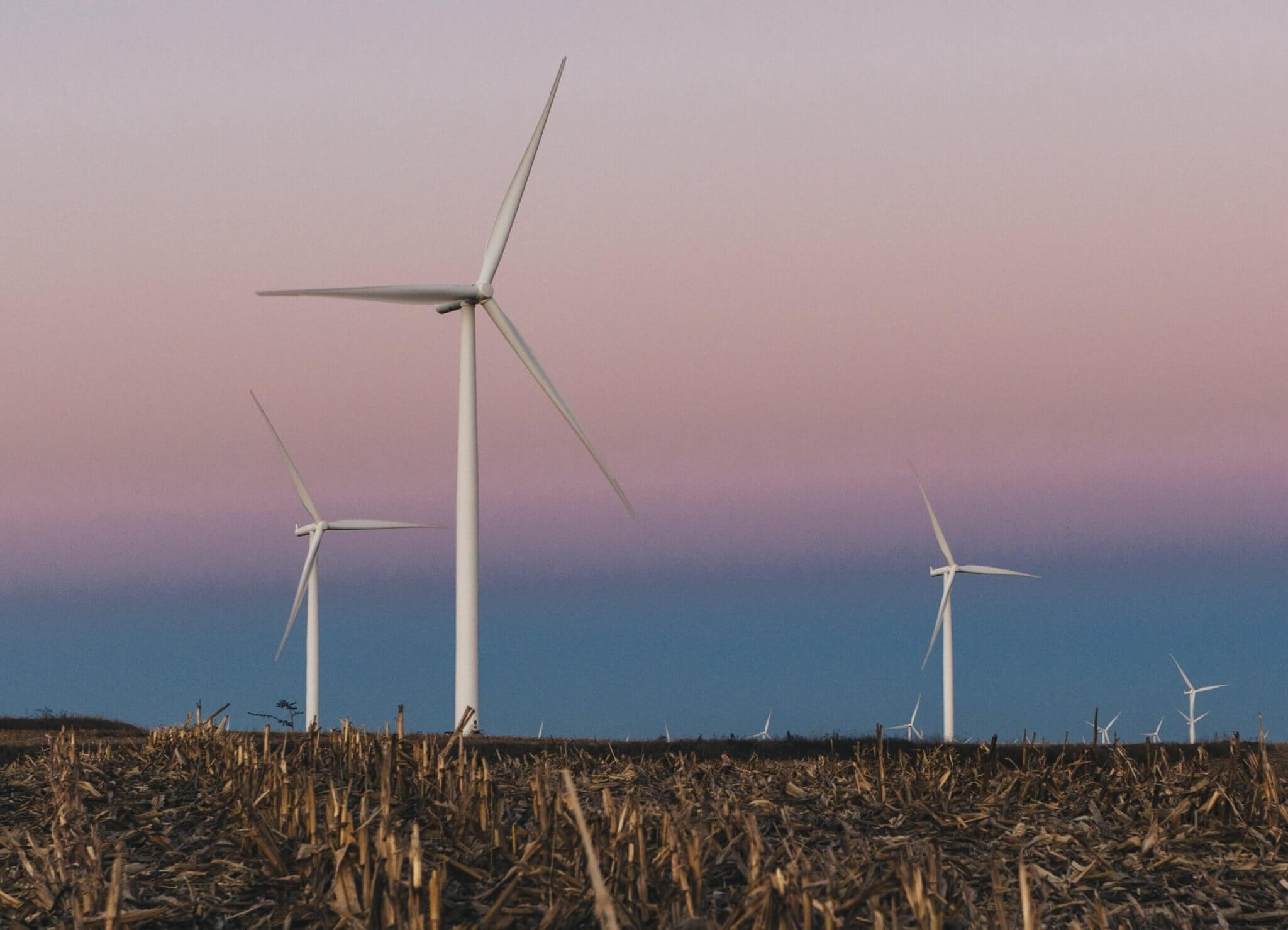New U.S. Fish and Wildlife Service data: wind’s golden eagle impacts remain low
The U.S. Fish and Wildlife Service (USFWS) has released new data that should ease the minds of those concerned about wind energy’s potential impacts on golden eagles—it confirms impacts remain small.
Causes of eagle mortality
USFWS studied causes of mortality of satellite tagged North American golden eagles from 1997 to 2013. Researchers then extrapolated their findings to paint a more complete picture.
Here’s what they found.
The USFWS estimates there are about 43,000 golden eagles living in North America today. With respect to human-caused mortality (i.e. “anthropogenic”), the USFWS found that collisions with man-made objects, like vehicles and structures, caused about 545 golden eagle deaths every year. Wind turbines, included in the collision category (which also includes impacts from vehicle strikes, oil and gas infrastructure, etc.), then account for a fraction of the 545 number.
In contrast, the largest sources of human-related golden eagle mortality include shootings and poisonings, accounting for about 2,000 deaths each year. USFWS scientific data show that about three times more golden eagles are killed by shooting and poisoning than by colliding with any made-made objects.
This confirms earlier statements from USFWS Director Dan Ashe:
The truth is, thousands of eagles die every year for a variety of reasons — most from natural causes. The vast majority of human-caused deaths result from intentional poisoning and shooting — federal crimes that we aggressively investigate and prosecute. Most other eagle deaths are caused by collisions – with cars, buildings, power lines and other structures. Wind energy facilities represent a fraction of these deaths, and the media’s singular focus on wind turbines is a gross distortion of the truth.
Golden eagle impacts from wind energy are declining
Researchers find that wind is responsible for less than 3 percent of all human-related golden eagle deaths. However, for wind farms across most of the country, impacts are even smaller, with 90 percent of wind farms having zero impacts. For those that do, most will only affect a single golden eagle over their 30 year lifespan.
The vast majority of golden eagle deaths happen at older wind farms in California, among the first U.S. projects ever built in the 1980s. These were constructed before the relationship with golden eagles and wind was fully understood and using older generation turbine technology. These machines were shorter, the blades spun faster, and the turbines were crowded closer together.
Today, these projects are undergoing a process known as re-powering, where fewer modern turbines replace the more numerous outdated equipment. Researchers are finding golden eagle impacts at these sites are falling by 75 percent or more after repowering.
Wind energy helps lead the way in achieving the high conservation standard required through the USFWS eagle conservation and take permit program. The program is available to all industries that may pose a risk to eagles during the course of otherwise lawful activity, like operating utilities or airports. Extensive conservation commitments and mitigation measures are embedded into permit requirements to assure conservation remains a priority. So wind projects not only provide a healthier environment by generating clean energy, they also contribute specific avian conservation benefits as well.
The U.S. wind industry takes its effects on wildlife very seriously. However, it’s important to make sure the impacts it does have are put into context. And through a legacy of care, impacts are falling and will continue to do so in the future.




